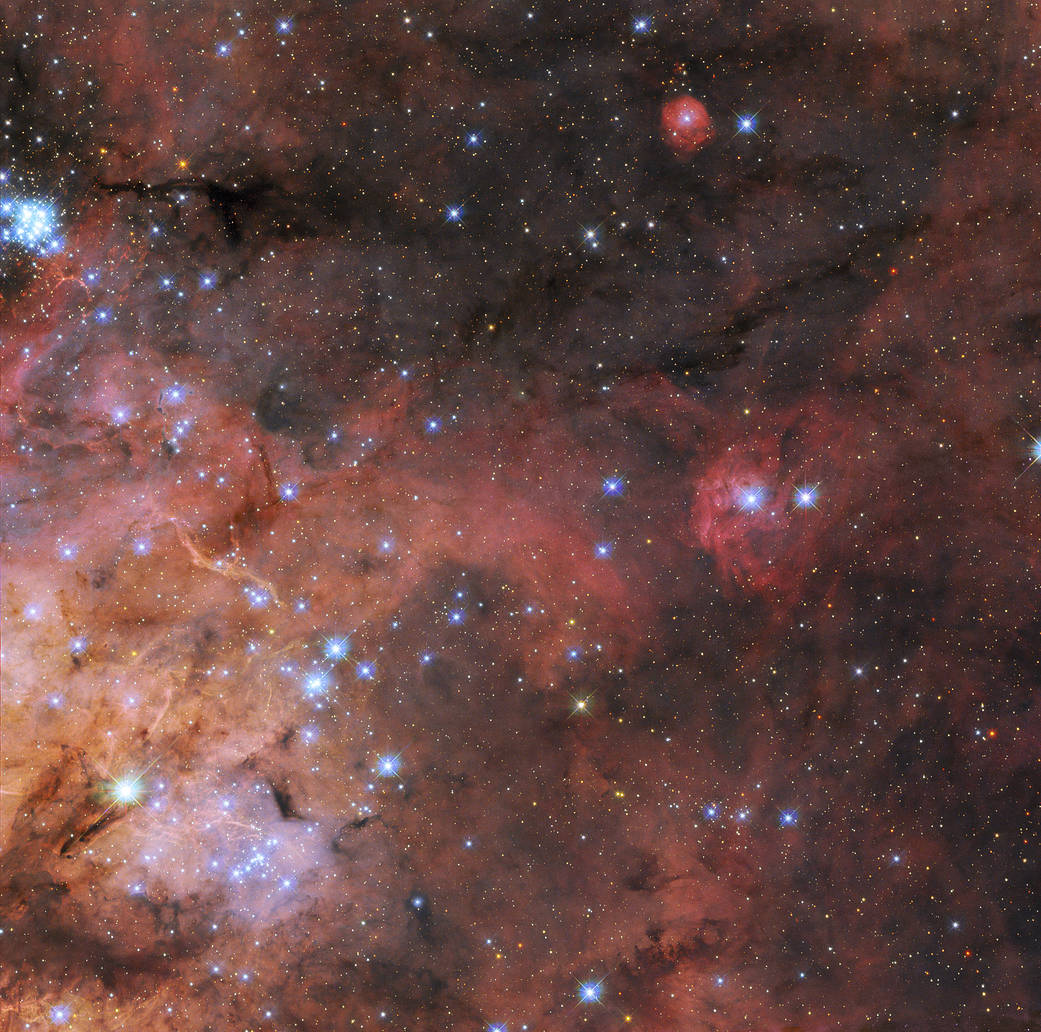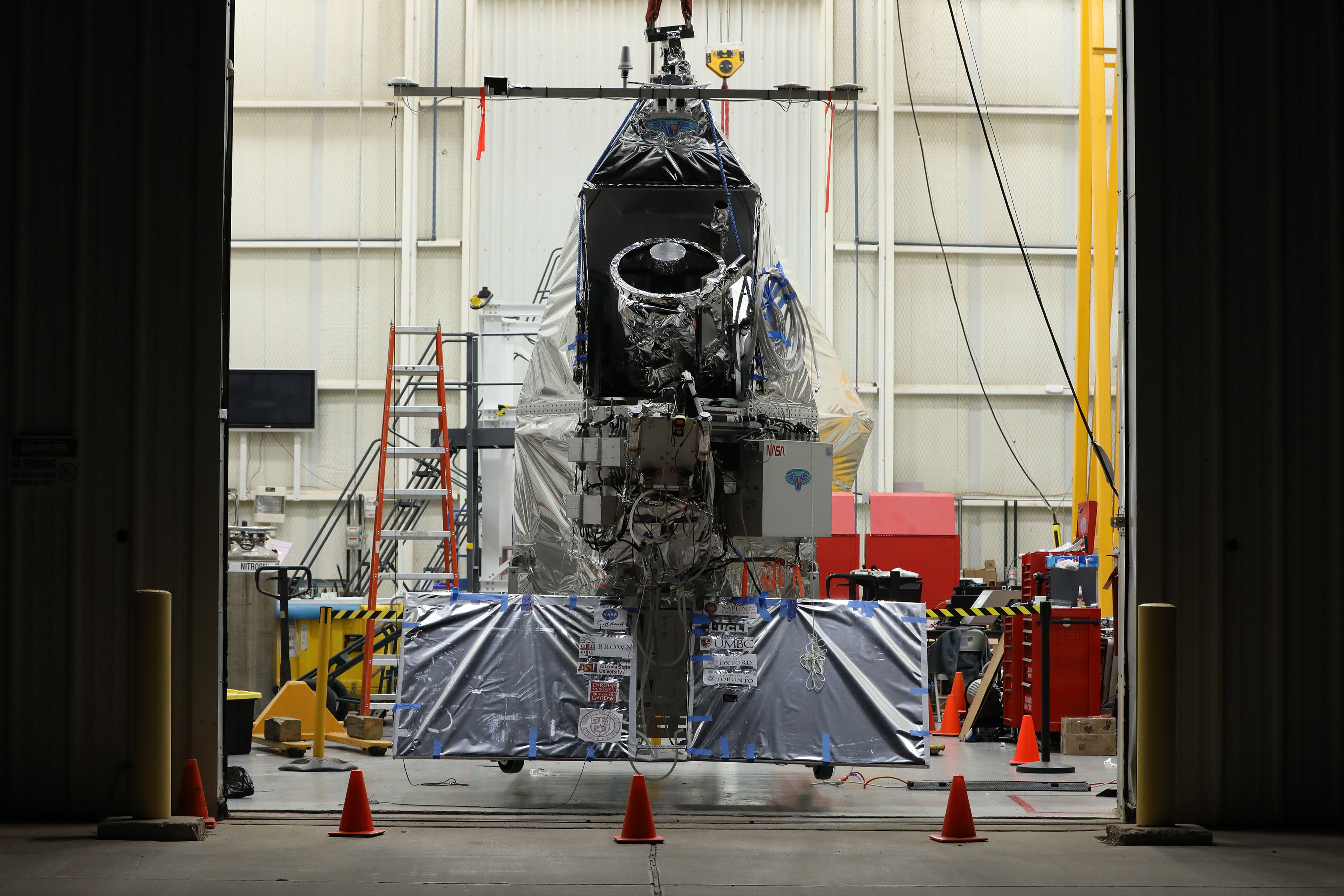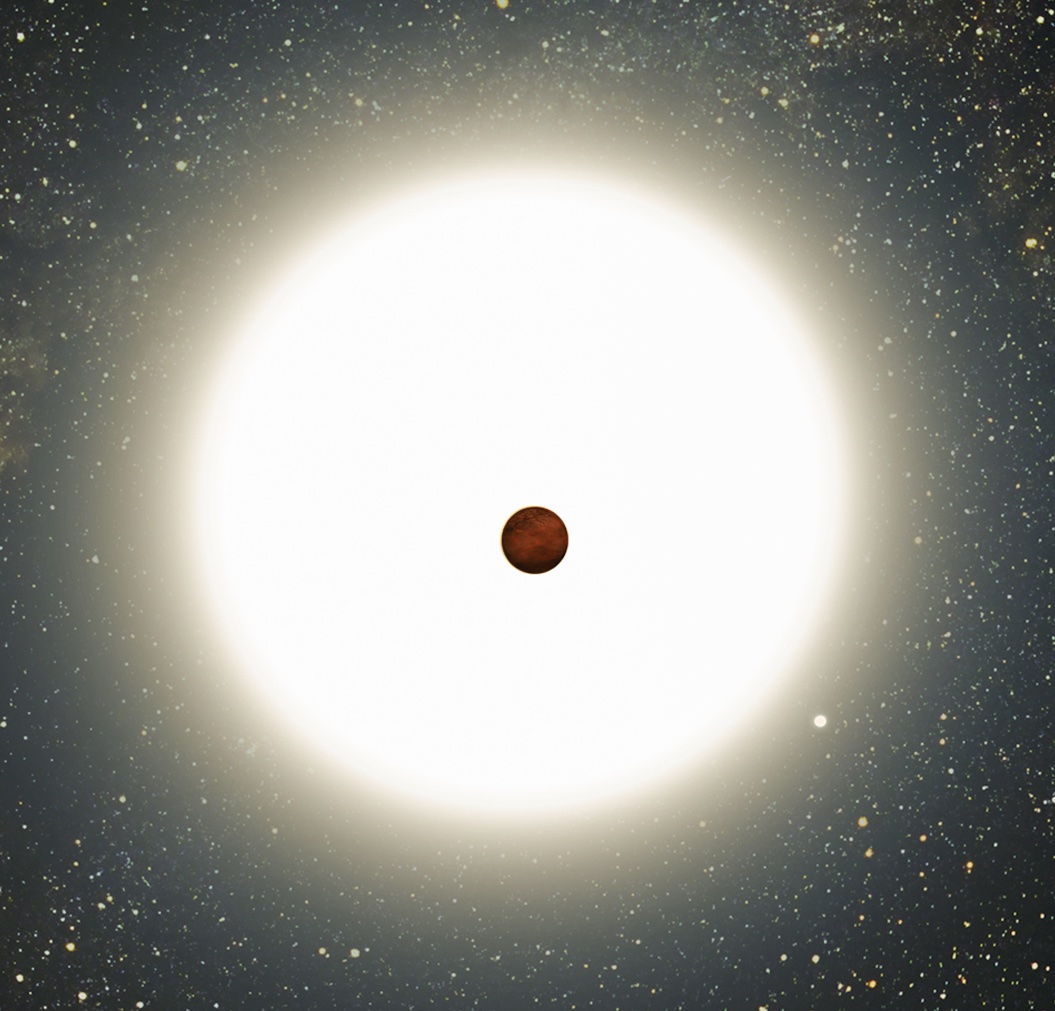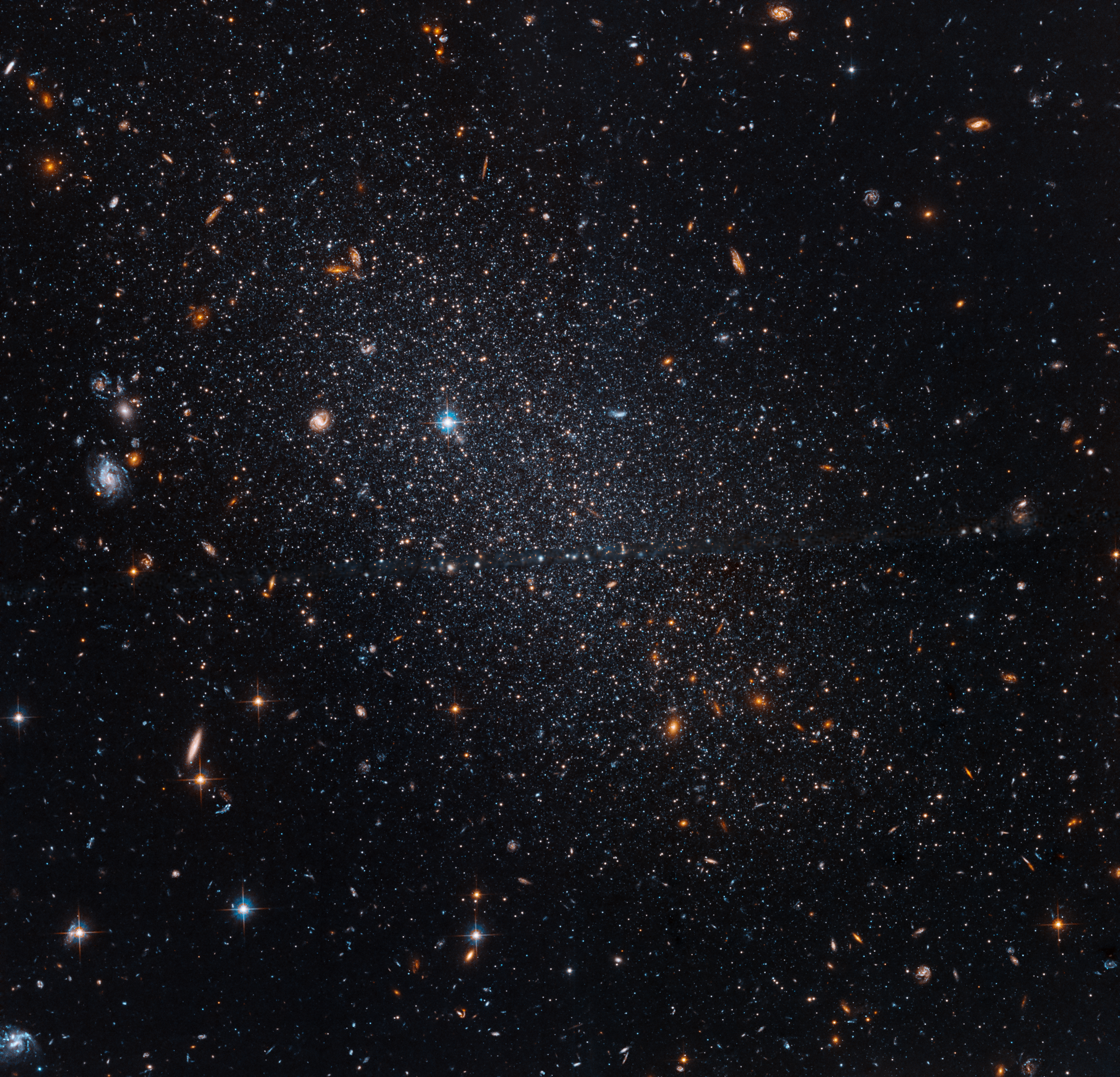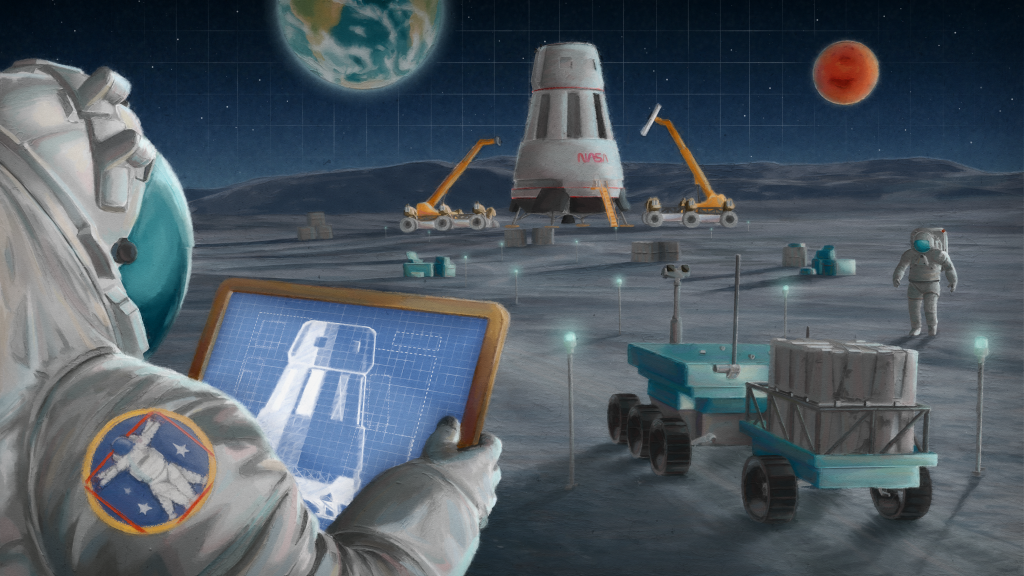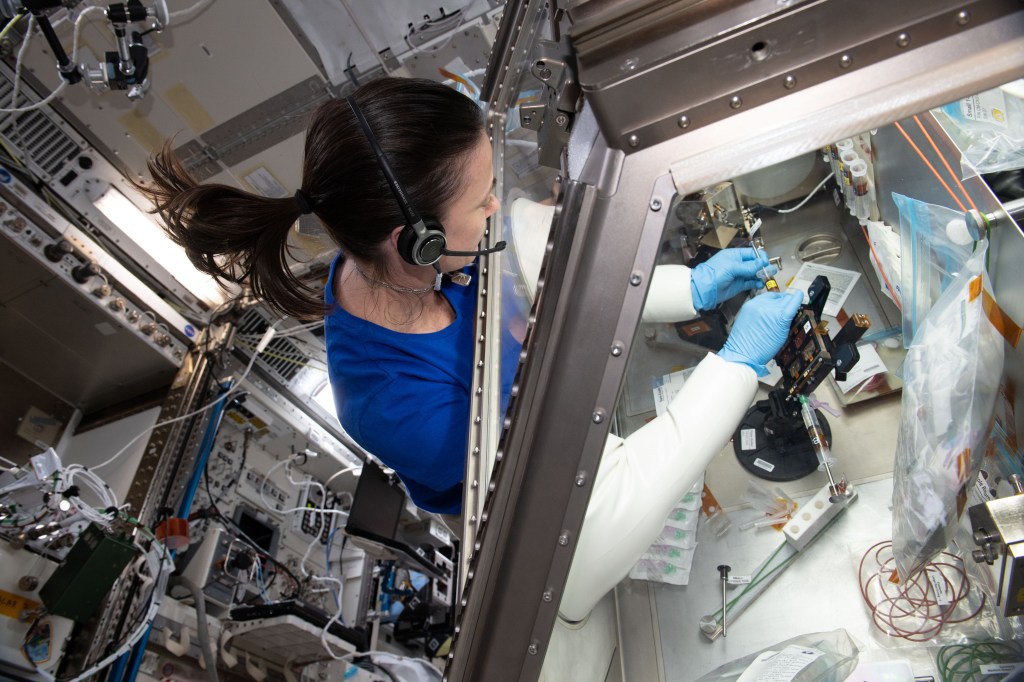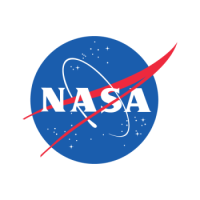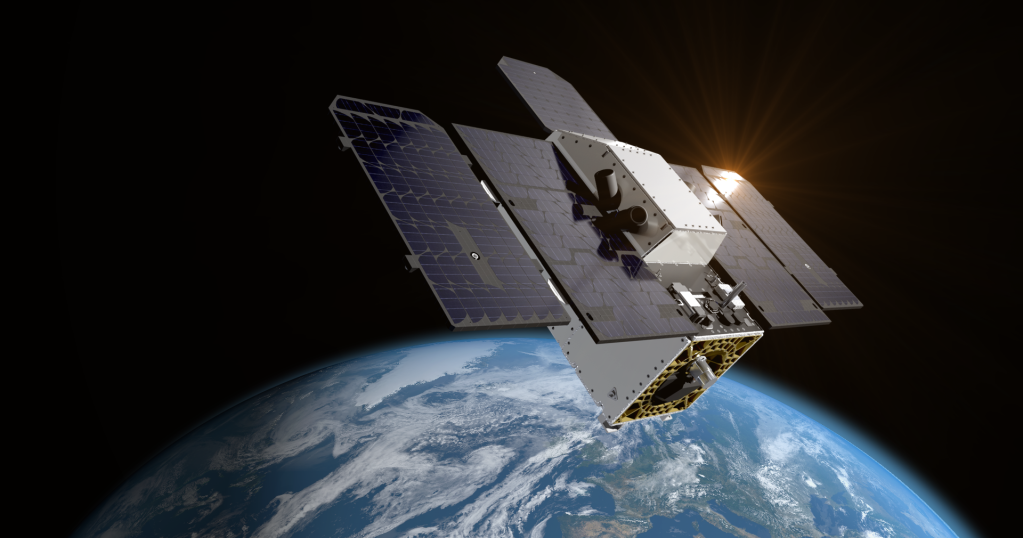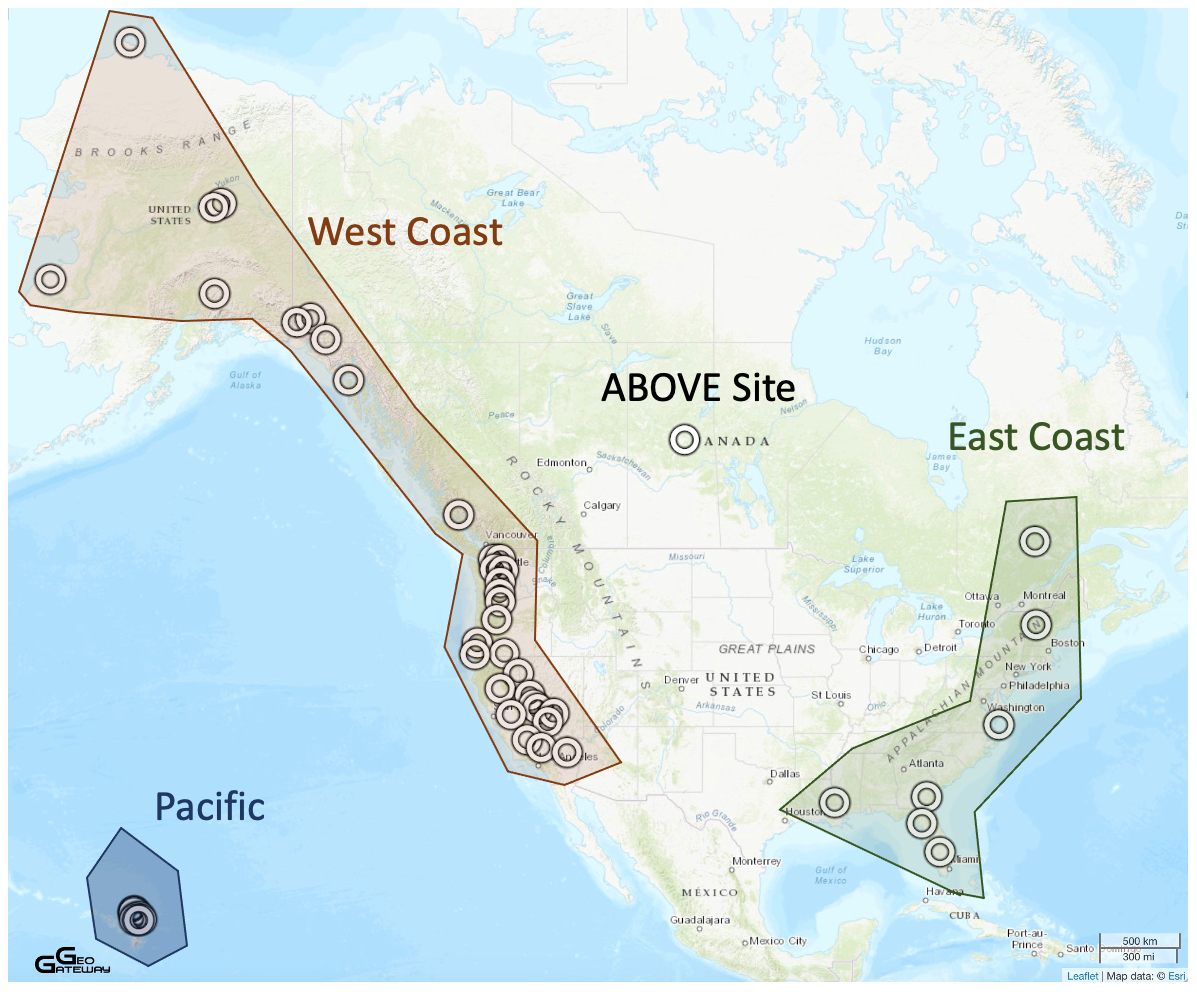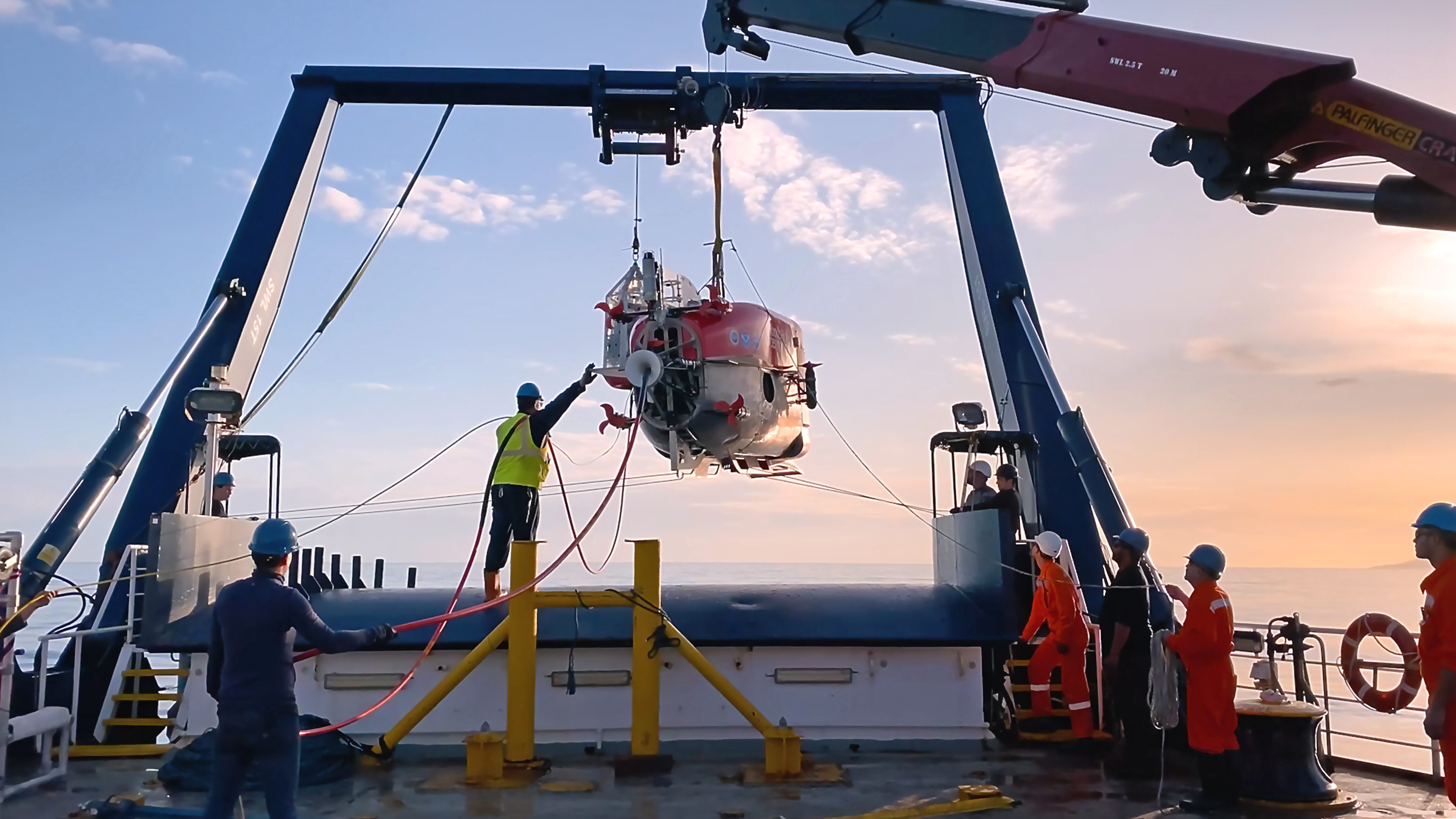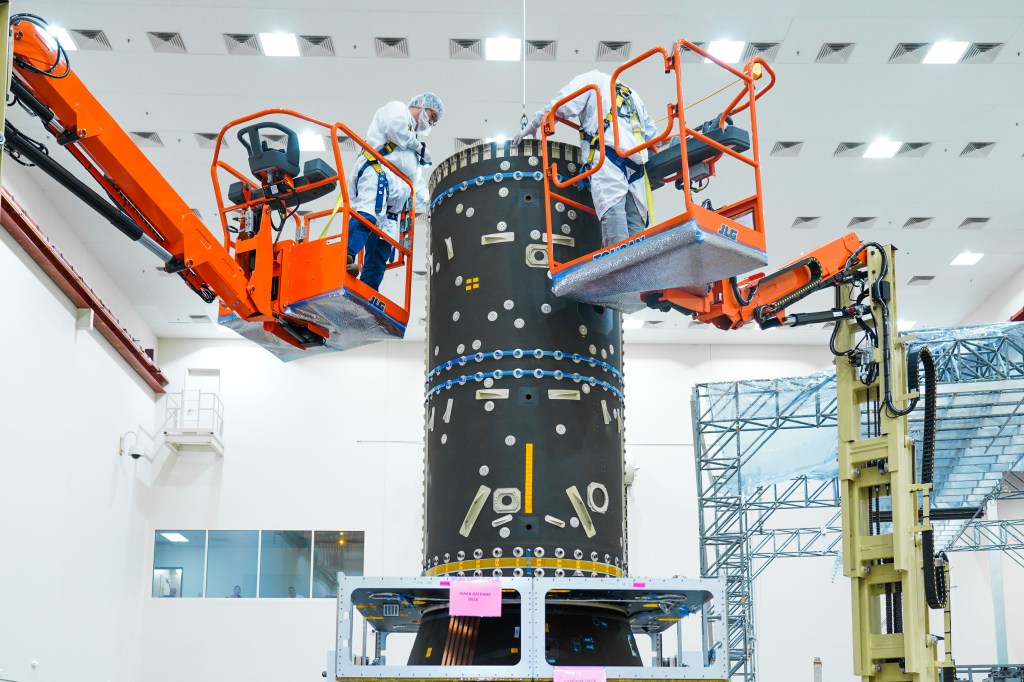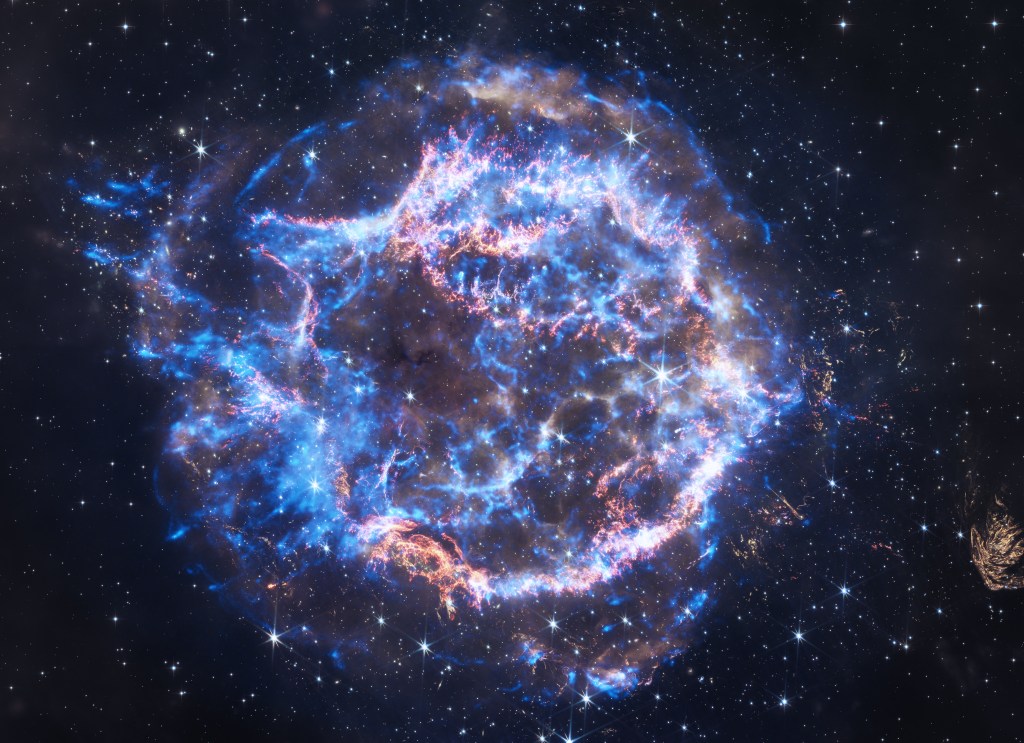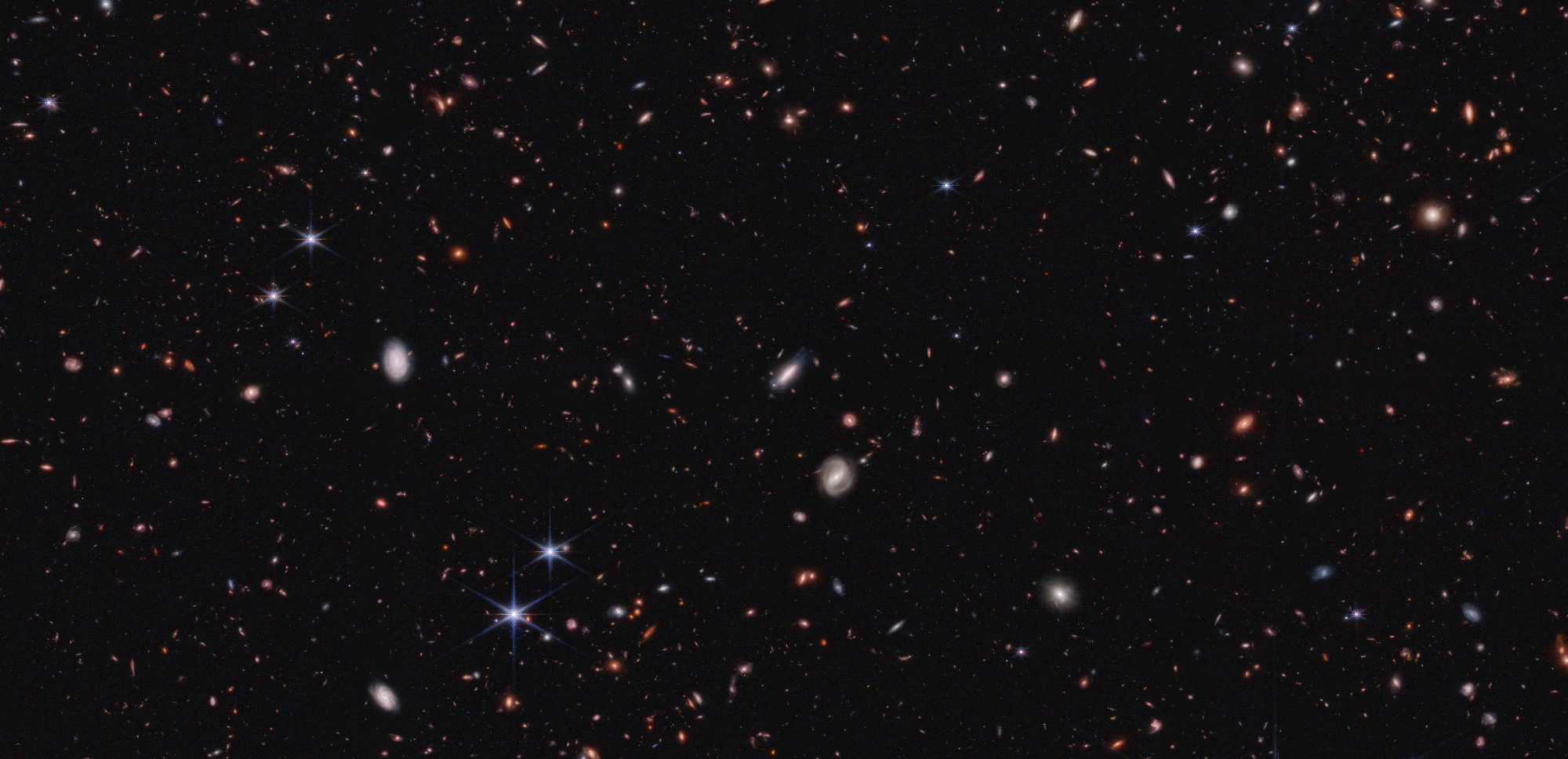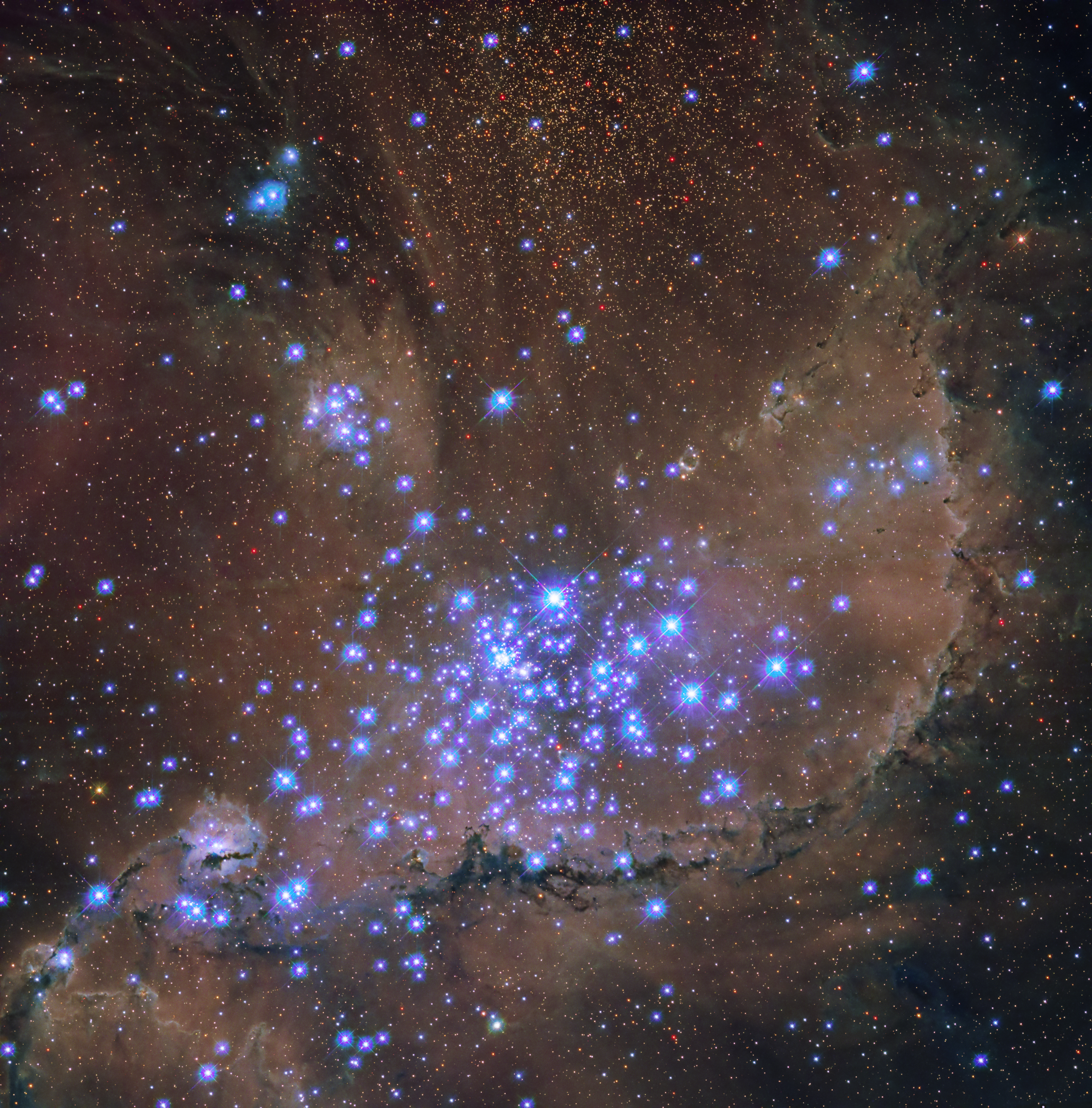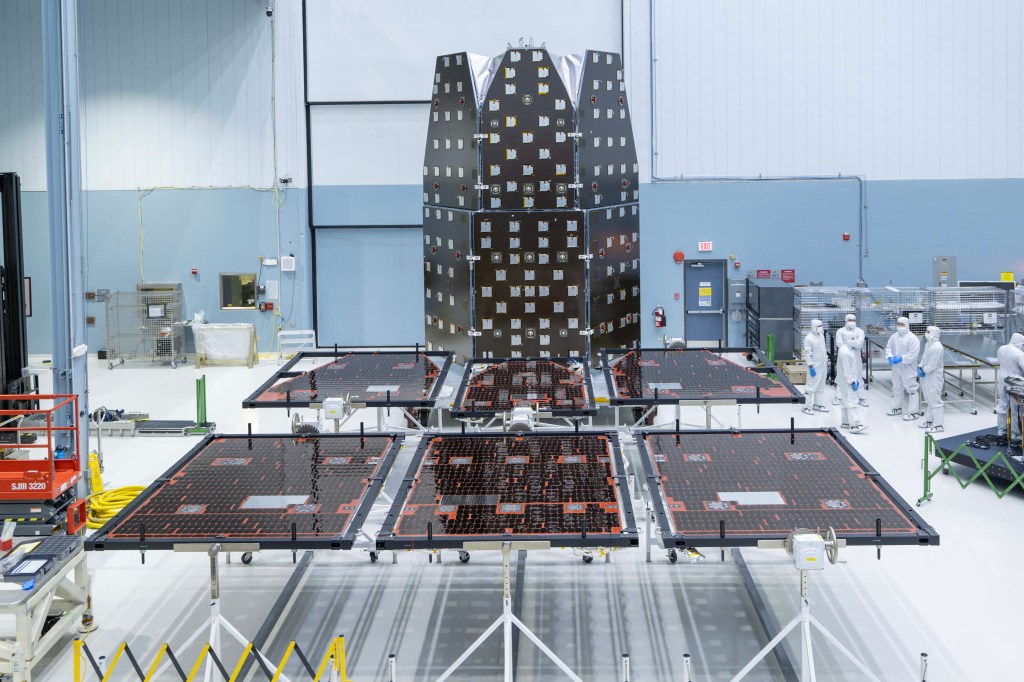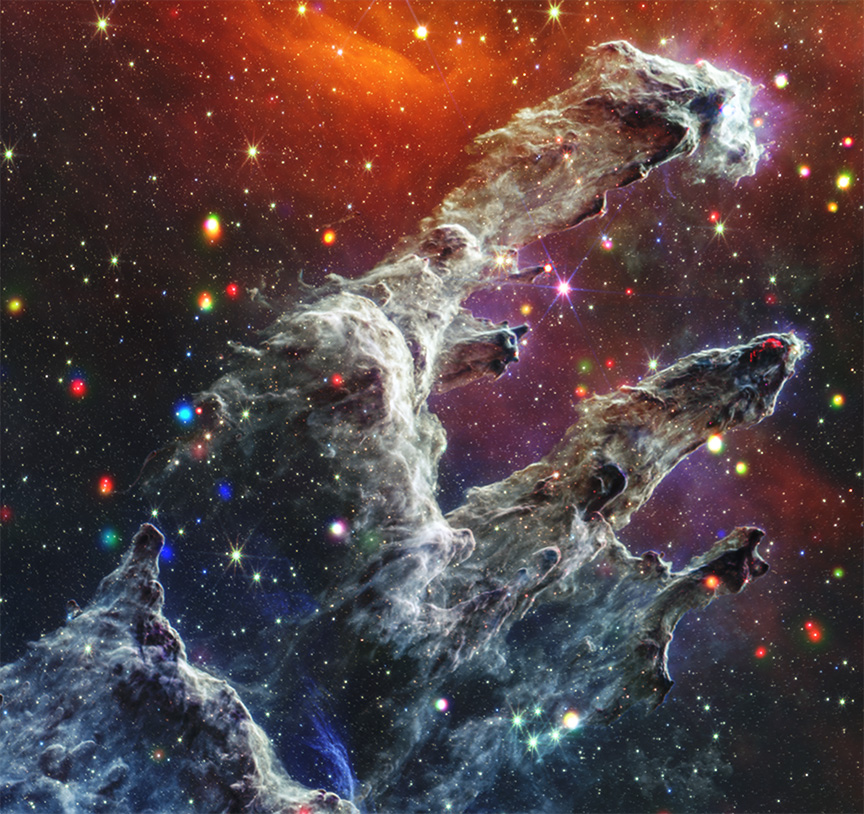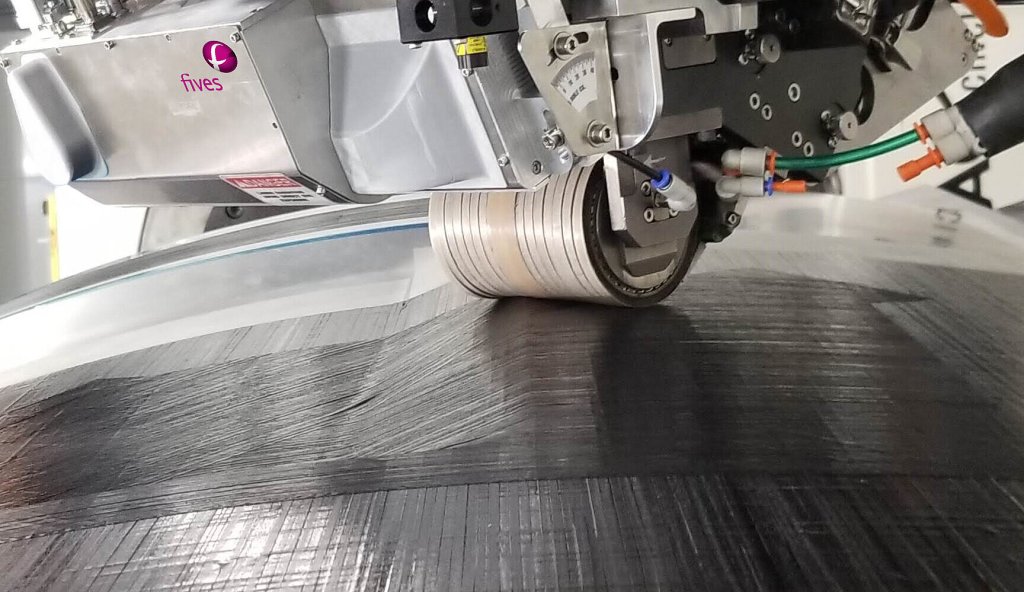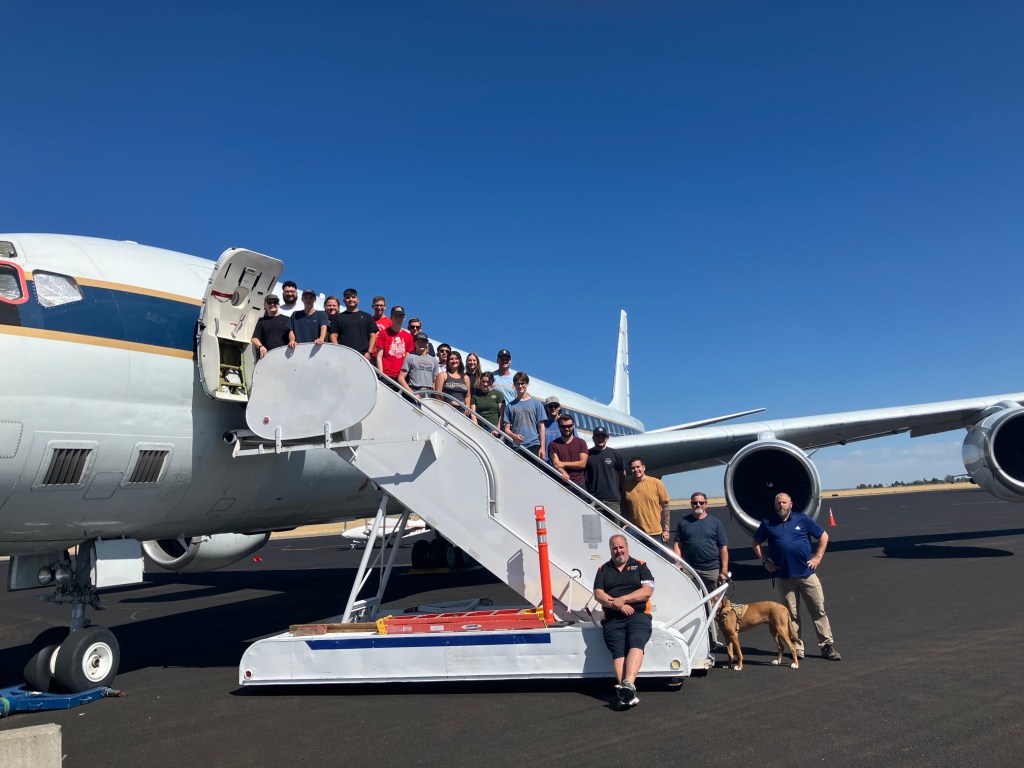NASA will be represented in more than 20 panels during Dragon Con 2024 in Atlanta. You will also find us at our information station at the Hilton Grand Salon Mezzanine. Stop by to grab a selfie, talk to our friendly and knowledgeable team members, and learn about our exciting programs and missions and the frontier science and exploration! Here are the main events with NASA participation:
Friday, August 30
9 a.m. to 8 p.m. (Hilton Grand Salon Mezzanine): NASA Info Tables
From Friday through Sunday, NASA will staff two information tables: one on NASA awards and one on NASA missions and programs. https://www.nasa.gov/history/symbols-of-nasa/
10 a.m. (Hilton 212-214): NASA’s Chief Technologists – A Very Important Job – But What Do They Do? NASA’s Chief Technologist A. C. Charania and Marshall Space Flight Center’s Chief Technologist Les Johnson talk about their jobs and what they involve.
Speakers: A.C. Charania (NASA Headquarters), Les Johnson (NASA Marshall)
1 p.m. (Hilton 212-214): Planetary Atmospheres
We here are Earth have an atmosphere perfectly suited to we humans. We also know there are exoplanets with atmospheres. As far as we know, none can support life. How do we know this? What can the atmospheres of planets elsewhere in the universe tell us?
Speakers: Joshua Colwell (University of Central Florida), Scott G. Edgington (NASA Jet Propulsion Laboratory (JPL)), Joshua Pepper (NASA Headquarters)
2:30 p.m. (Hilton 212-214) Nuclear Power on the Moon and Beyond
We have far-reaching plans for the exploration and habitation of our solar system but it’s a harsh environment for people and machines anywhere beyond Earth. There are already investigations (and plans?) on the use of nuclear power to make those far reaching plans become reality.
Speakers: Andy Presby (NASA Glenn Research Center)
4 p.m. (Hilton 212-214): Europa Clipper Mission Overview: Launch Minus 40 Days
Europa Clipper launch date is just over one month away! Hear what Europa Clipper will study when it arrives at Jupiter’s icy moon Europa.
Speakers: Trina Ray (NASA JPL)
5:30 p.m. (Hilton 212-214): Mars Perseverance Year 3 1/2: New Discoveries & Sample Selection
Three-and-a-half years after landing, Mars Perseverance rover’s still working hard! She’s explored the ancient river delta in Jezero Crater and is continuing to collect samples that may hold clues to the possibility of ancient life. Hear about her latest adventures and learn about how and why each rock is collected.
Speakers: Sarah M. Milkovich, Kim Steadman (NASA JPL)
8:30 p.m. (Hilton 212-214): Next Generation Space Telescopes: What’s Up There, What’s Coming & What For
WE LOVE OUR SPACE TELESCOPES! We are continually amazed at the imagery they give us and the new knowledge they uncover. We launched JWST only 2 years ago and already our knowledge of the universe is vastly expanded. What’s next for our orbiting telescopes?
Panelists: Tyler Desjardins (Space Telescope Science Institute (STScI)), Scott Fleming (STScI), Steph LaMassa (STScI), Joshua Pepper (NASA Headquarters)
Saturday, August 31
10 a.m. (Hilton 212-214): The Quest to Find Life in Our Solar System
Is there life beyond Earth? The search has already been ongoing for years. When will we know and how will we know?
Speakers: Megan Ansdell (NASA Headquarters), Joshua Colwell (University of Central Florida), Sarah M. Milkovich, David Grinspoon (NASA Headquarters), Scott Edgington (JPL)
11:30 a.m. (Hilton- 212-214) How NASA Uses Artificial Intelligence (AI)
NASA has safely used ‘AI’ for decades for our many unique & complex missions. Going forward, we remain excited about how rapidly changing & ever-evolving AI technologies will accelerate the pace of NASA discoveries in the cosmos & on Earth to benefit all humanity. A discussion.
Speakers: A.C. Charania (NASA Headquarters)
2:30 p.m. Featured Plenary Panel (Grand Salon West, Hilton): NASA Speaks: Life in the Cosmos, Protecting Earth from Asteroids, and More!
NASA experts will dive deep into thrilling missions, significant science results, and exciting areas of frontier research, including astrobiology, planetary defense, Moon to Mars, and more!
Speakers: Megan Ansdell (NASA Headquarters), Kelly Fast (NASA Headquarters), Lori Glaze (NASA Headquarters), David Grinspoon (NASA Headquarters)
Moderator: Kevin Grazier
7 p.m. (Hilton 212-214): The NASA Innovative Advanced Concepts (NIAC) Program
NIAC program nurtures visionary ideas that could transform NASA with breakthroughs.
Presenters: A.C. Charania (NASA Headquarters), Les Johnson (NASA Marshall), Andy Presby (NASA Glenn)
8:30 p.m. (Hilton 212-214): Great Debate: Is There Life Beyond Our Solar System & How May We Find It
The greatest question is: Are we alone in the universe? Next greatest question is: Where would that other life live? Scientists face off in rousing debate about where we’re most likely to find signs of life beyond Earth and which technologies do we need to detect it.
Speakers: Joshua Pepper (NASA Headquarters), Brett A. McGuire (Massachusetts Institute of Technology), Trina Ray (JPL)
Moderator: Elizabeth Landau (NASA Headquarters/ASRC)
Sunday, September 1
11:30 a.m. (Hilton 212-214): Beyond Hype and Hollywood: NASA Planetary Defense Strategy
The job of NASA’s Planetary Defense Coordination office is to find, track, and understand hazardous asteroids/comets that could impact Earth.
Speakers: Kelly Fast (NASA Headquarters), A.C. Charania (NASA Headquarters)
Moderator: Charles Blue (NASA Headquarters)
Curiosity rover landed in August 2012 in Gale Crater and has been exploring ever since. Her journey through an exceptional landscape has uncovered the unexpected about Mars. As the aging rover forces us to adopt new ways of operating her, she continues to reveal puzzles from Mars’ past.
5:30 p.m. (Hilton 212-214) Mars Curiosity: Twelve Years of Rovering Mars!
Curiosity rover landed in August 2012 in Gale Crater and has been exploring ever since. Her journey through an exceptional landscape has uncovered the unexpected about Mars. As the aging rover forces us to adopt new ways of operating her, she continues to reveal puzzles from Mars’ past.
Speakers: Sarah M. Milkovich, Kim Steadman (NASA JPL)
7 p.m. (Hilton 212-214) Interesting Exoplanets!
There have been over 5,000 exoplanets ‘found’ so far. What method has been the most successful? What do we know about them and how do we know it? We know that a truly Earth-like planet has not been found, so what makes these exoplanets so interesting? https://images.nasa.gov/details/PIA22082
Speakers: Joshua Colwell (University of Central Florida), Scott G. Edgington (JPL), Scott Fleming (STScI), Joshua Pepper (NASA Headquarters)
What is Artemis?
With NASA’s Artemis campaign, we are exploring the Moon for scientific discovery, technology advancement, and to learn how to live and work on another world as we prepare for human missions to Mars. We will collaborate with commercial and international partners and establish the first long-term presence on the Moon.
Learn more about What is Artemis?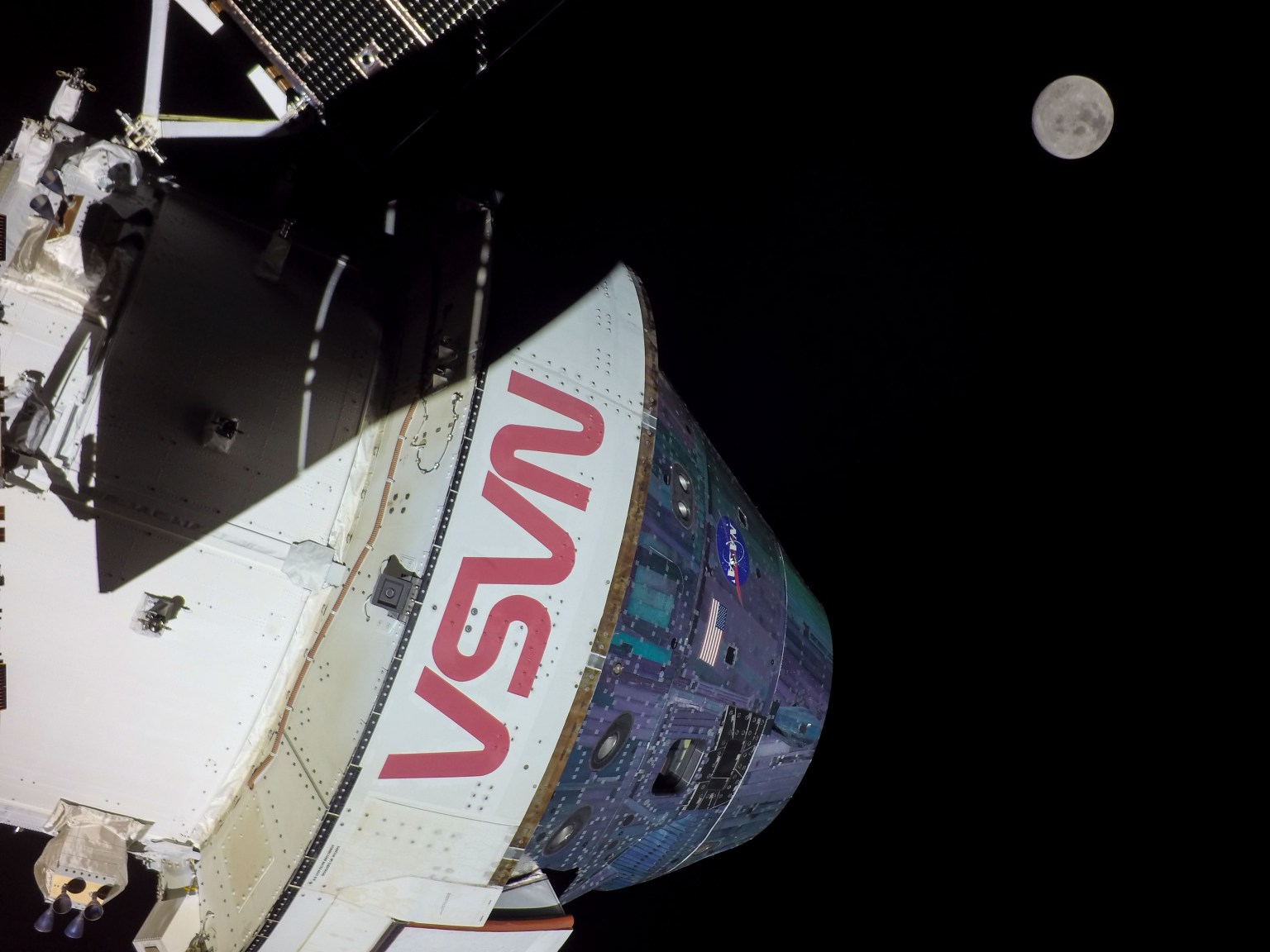
The Adventures of Commander Moonikin Campos and Friends Webcomic
The Artemis I mission to the Moon was uncrewed, but that doesn’t mean the capsule was empty! Dive into this webcomic series and get to know Commander Moonikin Campos, a manikin with the right stuff (or… stuffing.)
Read the comic about The Adventures of Commander Moonikin Campos and Friends Webcomic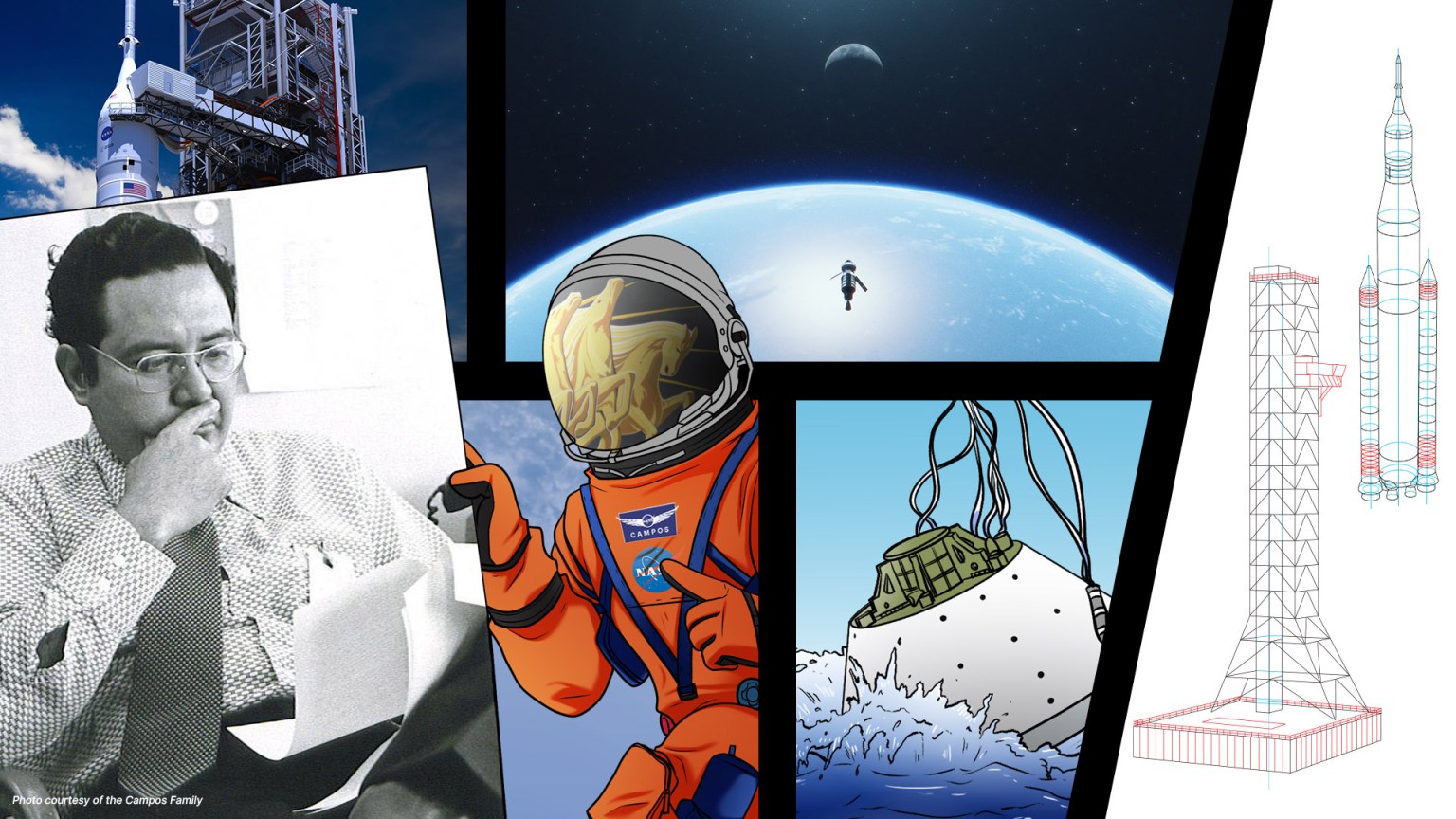
The Lost Universe: A Role-Playing Game
NASA’s first tabletop role-playing game adventure invites you to take on a classic villain (while also using and learning science skills!) as you overcome challenges and embark on an exciting quest to unlock more knowledge about our universe. Download your game documents below and get ready to explore Exlaris! This adventure is designed for a party of 4-7 level 7-10 characters and is easily adaptable for your preferred TTRPG system.
Dive in about The Lost Universe: A Role-Playing Game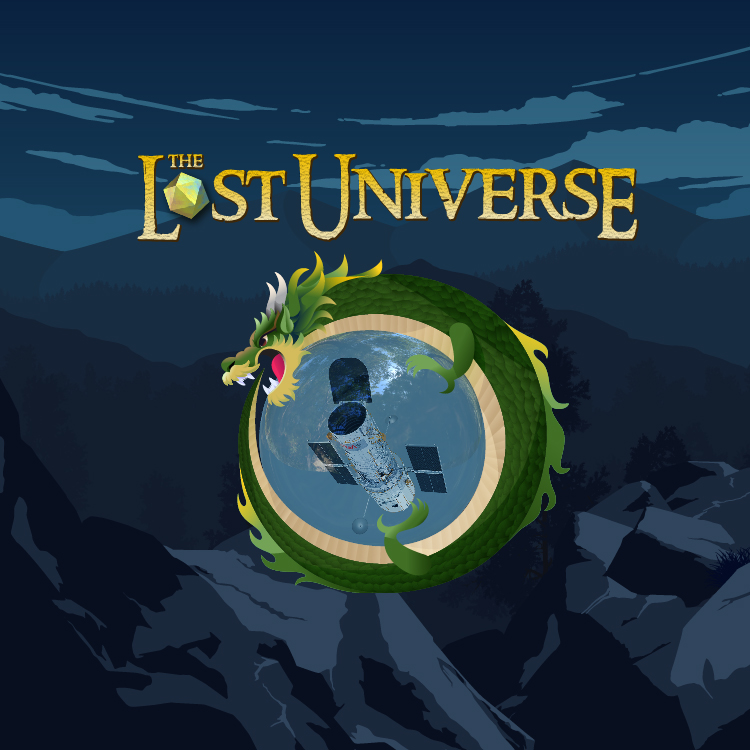
Exoplanets
An exoplanet is any planet beyond our solar system. Most of them orbit other stars, but some free-floating exoplanets, called rogue planets, are untethered to any star. We’ve confirmed more than 5,600 exoplanets out of the billions that we believe exist.
Learn more about Exoplanets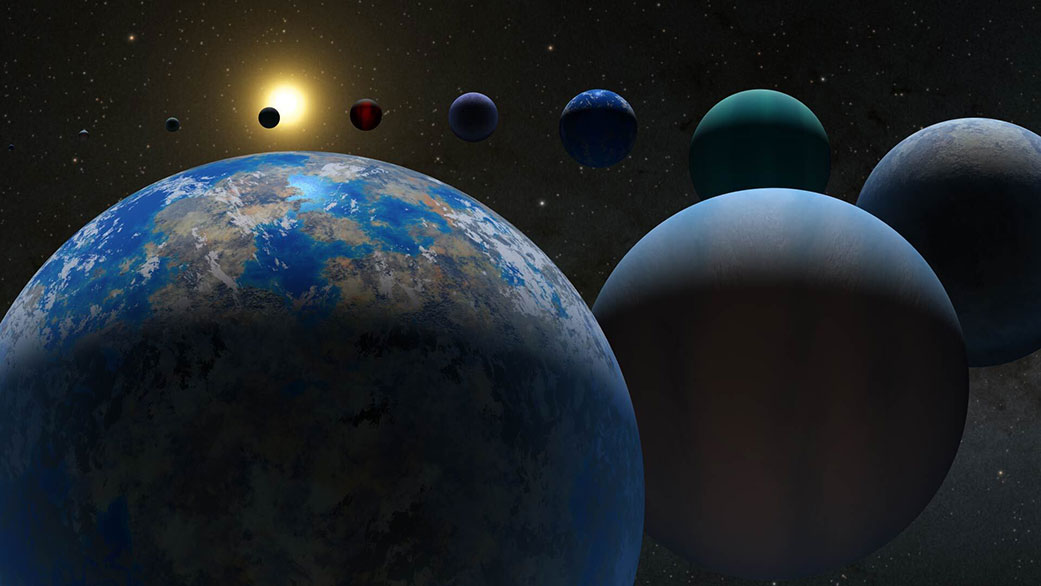
Habitable Worlds Observatory
NASA is further prioritizing its long-running search for life in the universe and laying the groundwork for its next flagship astrophysics mission after the Nancy Grace Roman Space Telescope (slated to launch by May 2027). The Habitable Worlds Observatory is a large infrared/optical/ultraviolet space telescope. It would be the first telescope designed specifically to search for signs of life on planets orbiting other stars.
Check it out about Habitable Worlds Observatory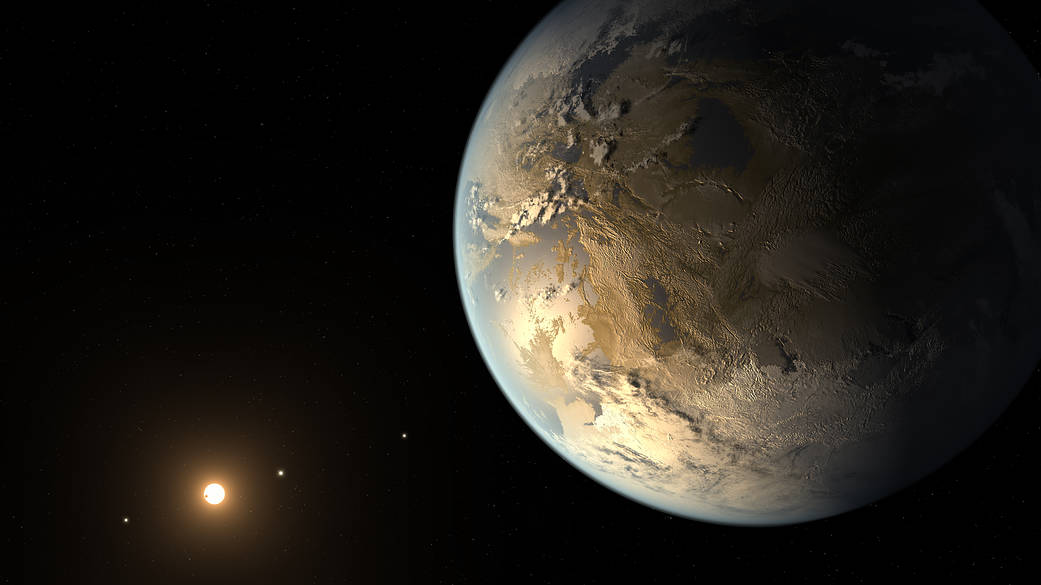
NASA Resources for Students and Educators
NASA makes vital investments in a diverse portfolio of learning opportunities and activities designed to reach as many U.S. students as possible – from kindergarten through graduate school. NASA seeks to build the next generation STEM workforce and broaden student participation to increase diversity, equity and inclusion in STEM fields.
Get involved about NASA Resources for Students and Educators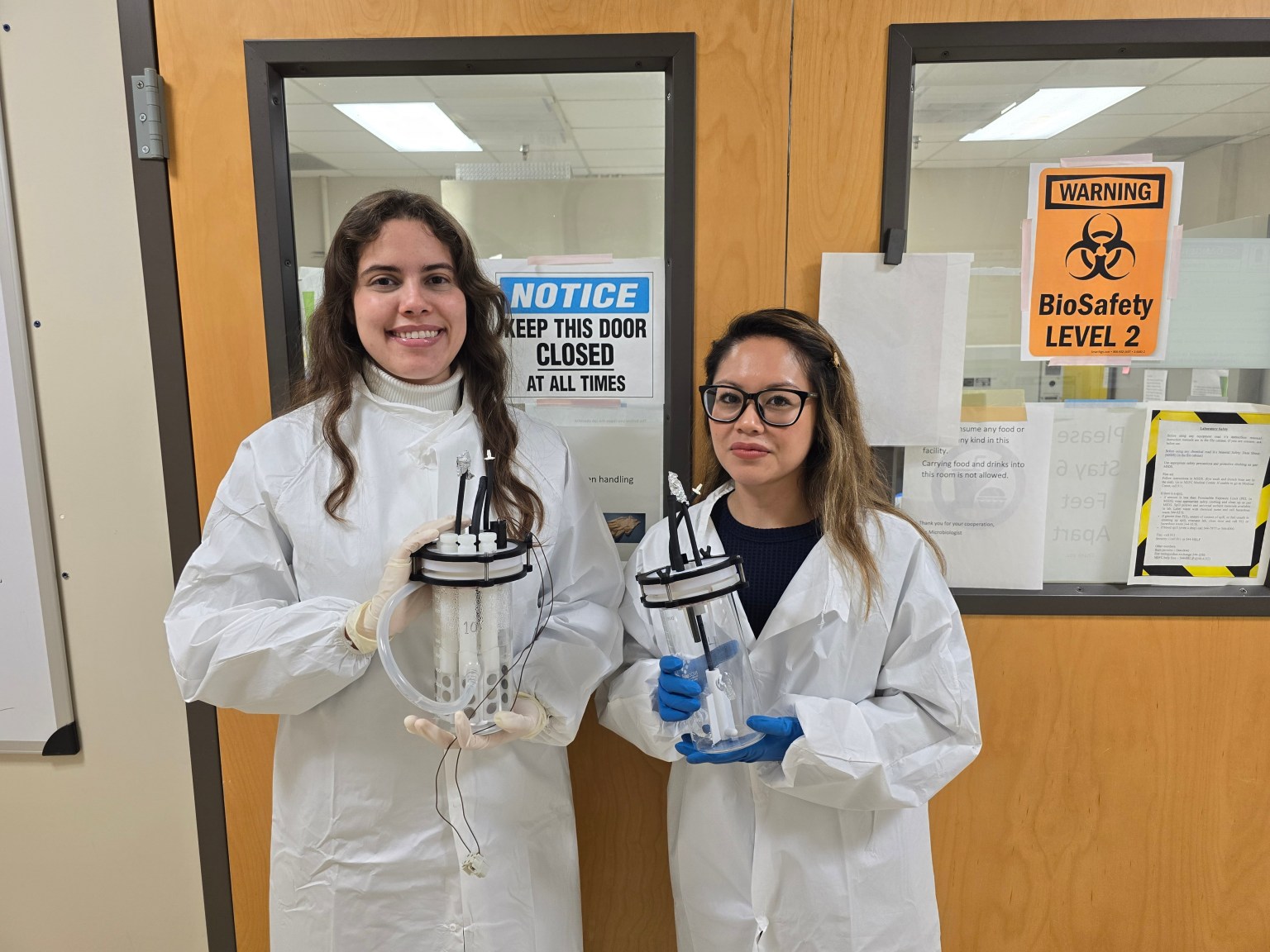
Careers at NASA
We’re a diverse team united by a shared purpose. Join our team of engineers, scientists, program managers, and more who share a passion for exploration and a drive for excellence. Learn more about all of the roles available at NASA.
Learn more about Careers at NASA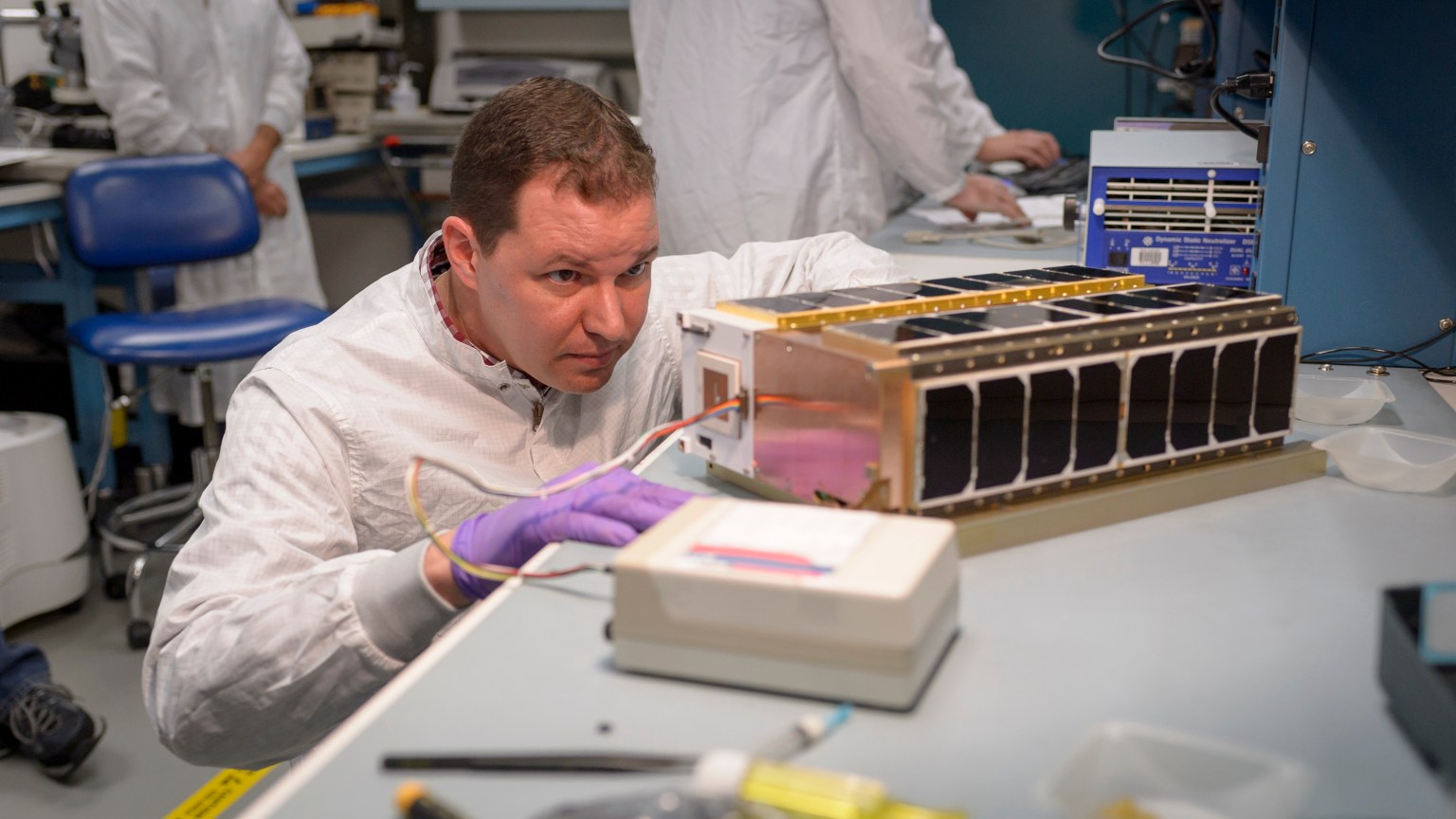
NASA en español
La ciencia es la clave para descubrir los secretos del universo: uniendo a la humanidad con cada descubrimiento, expandiendo nuestro conocimiento y despertando nuestra imaginación. Al navegar por las arenas del tiempo y el espacio, la ciencia da contexto y significado a mediciones grandes y pequeñas. ¿Sabías que existen tantas estrellas en el universo como hay granos de arena en la Tierra? La nueva era de los descubrimientos científicos de la NASA acaba de comenzar, ¡y tú eres parte de ella!
Lee más about NASA en español